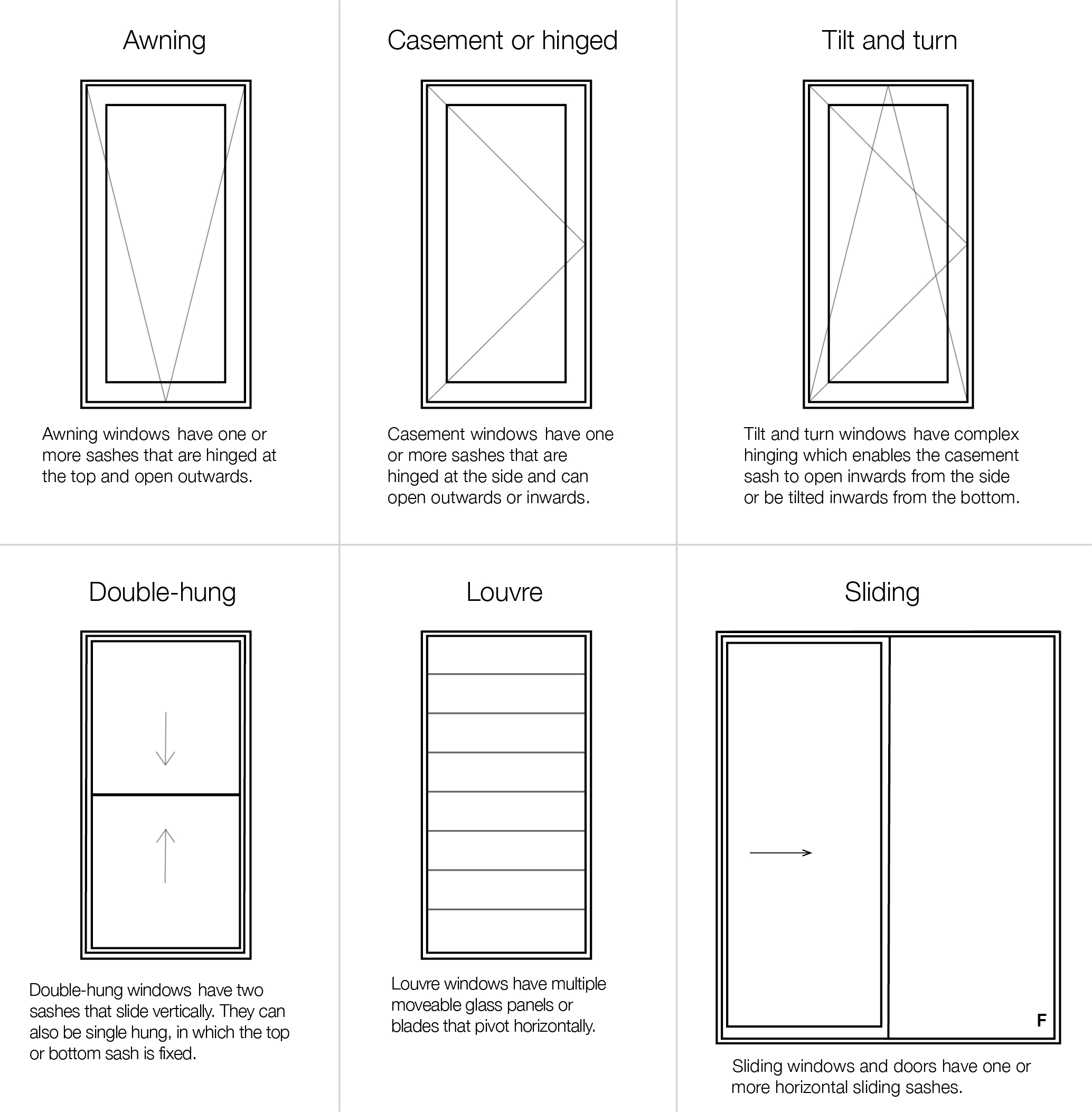All Categories
Featured
Table of Contents
Double Glazed Windows – Their Amazing Benefits For ... in Two Rocks WA
Glazing just means the windows in your house, including both openable and fixed windows, in addition to doors with glass and skylights. Glazing actually just implies the glass part, but it is usually utilized to describe all elements of an assembly including glass, films, frames and furnishings. Paying attention to all of these elements will assist you to attain effective passive design.

Energy-efficient glazing makes your home more comfy and significantly decreases your energy expenses. Improper or inadequately designed glazing can be a significant source of unwanted heat gain in summertime and considerable heat loss and condensation in winter season. Approximately 87% of a house's heating energy can be gained and up to 40% lost through windows.
Keep Cool This Summer Without Overusing Your Aircon. in Gwelup WA
Glazing is a considerable financial investment in the quality of your house. An initial investment in energy-efficient windows, skylights and doors can considerably reduce your yearly heating and cooling costs.

This tool compares window choices to a base level aluminium window with 3mm clear glass. Comprehending some of the crucial residential or commercial properties of glass will assist you to pick the very best glazing for your house. Key properties of glass Source: Adjusted from the Australian Window Association The quantity of light that goes through the glazing is understood as visible light transmittance (VLT) or noticeable transmittance (VT).
Sustainability in Woodbridge Perth
The U value for windows (expressed as Uw), describes the conduction of the whole window (glass and frame together). The lower the U value, the higher a window's resistance to heat flow and the much better its insulating worth.
If your home has 70m2 of glazing with aluminium frames and clear glass with a U worth of 6. 2W/m2 C, on a winter season's night when it is 15C cooler outside compared to inside, the heat loss through the windows would be: 6. 2 15 70 = 6510W That is comparable to the total heat output of a big room gas heater or a 6.
Double Glazing Versus Secondary Glazing in Stirling Perth

If you pick a window with half the U value (3. 1W/m2 C) (for example, double glazing with an argon-filled space and less-conductive frames), you can cut in half the heat loss: 3. 1 15 70 = 3255W The solar heat gain coefficient (SHGC) for windows (revealed as SHGCw) measures how easily heat from direct sunlight flows through an entire window (glass and frame together).
The lower a window's SHGC, the less solar heat it transfers to the home interior. The real SHGC for windows is impacted by the angle that solar radiation strikes the glass.
Why Double-glazed Windows Are A Must in Orelia Western Australia
When the sun is perpendicular (at 90) to the glass, it has an angle of occurrence of 0 and the window will experience the optimum possible solar heat gain. The SHGC declared by glazing manufacturers is constantly calculated as having a 0 angle of occurrence. As the angle increases, more solar radiation is reflected, and less is transmitted.
Table of Contents
Latest Posts
Double Glazed Vs Single Glazed Windows in Wexcombe Perth
Which Is The Best Type Of Double Glazing? - Which? - Which.co.uk in Subiaco Western Australia
4 Benefits Of Double Glazed Windows In The Summer in Champion Perth
More
Latest Posts
Double Glazed Vs Single Glazed Windows in Wexcombe Perth
Which Is The Best Type Of Double Glazing? - Which? - Which.co.uk in Subiaco Western Australia
4 Benefits Of Double Glazed Windows In The Summer in Champion Perth